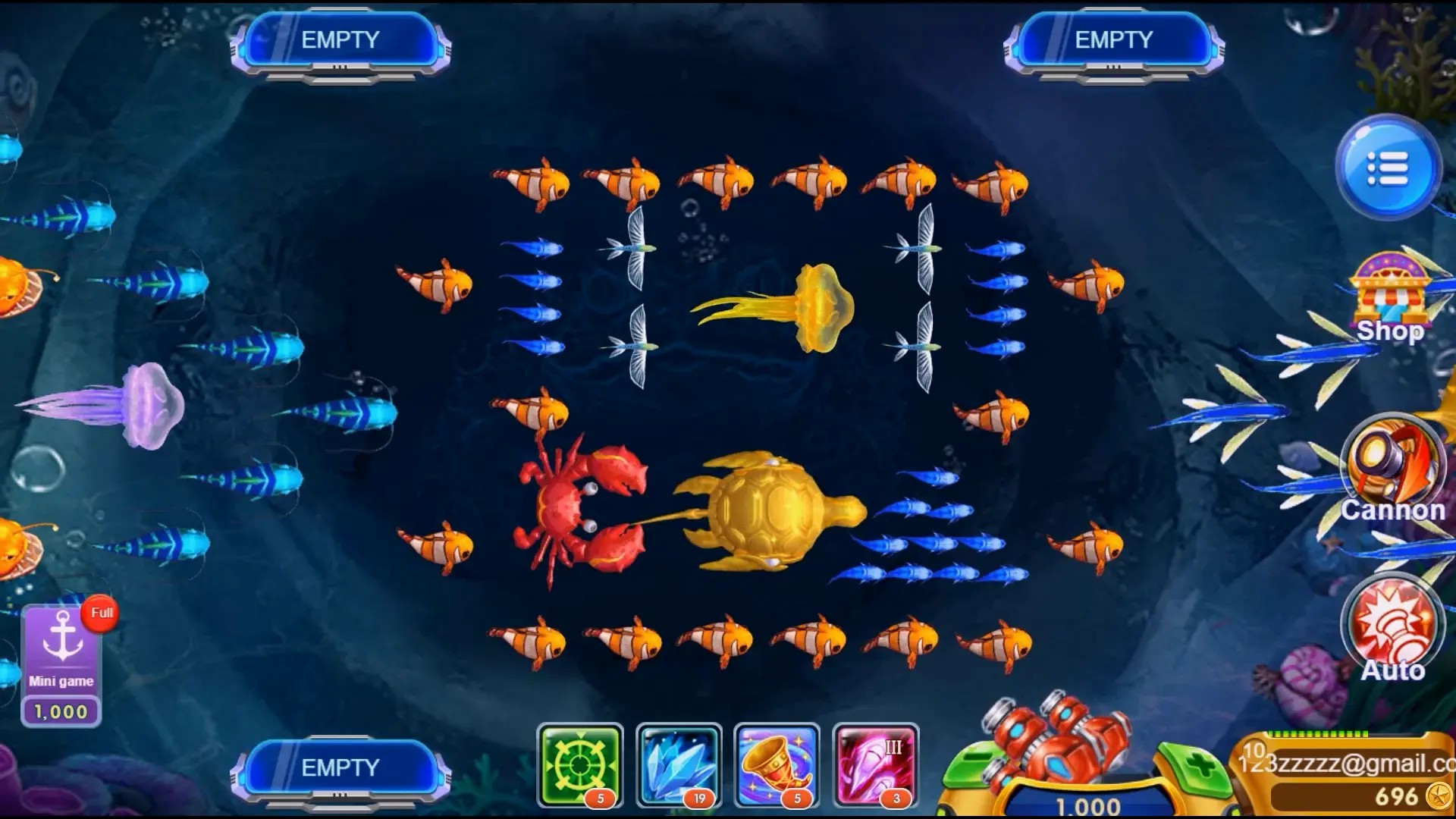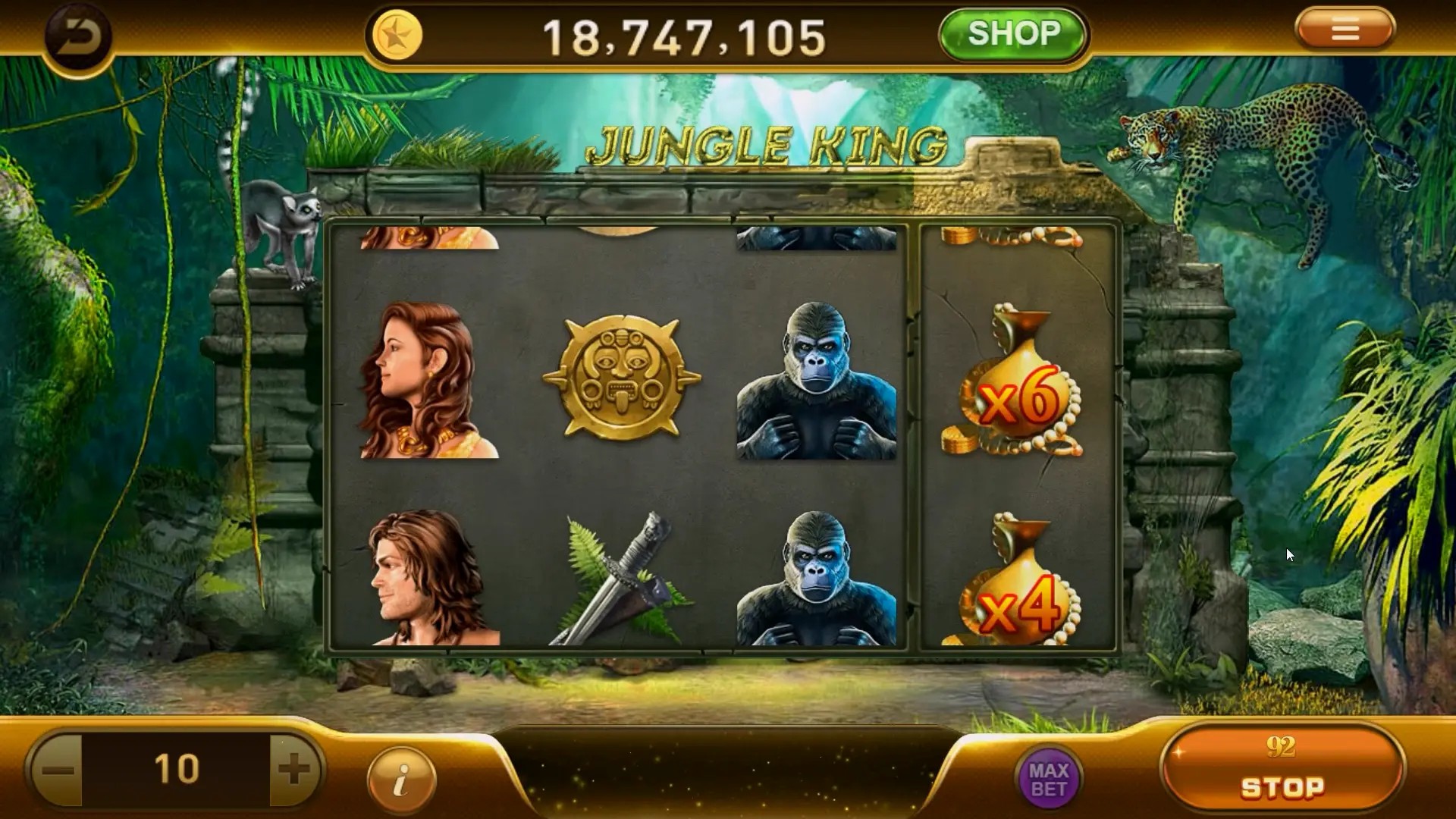Why Idle Games are Dominating the Hyper Casual Games Market Right Now
In the ever-evolving world of gaming, trends come and go, but few are as captivating as the rise of idle games. You might be wondering, what makes these games so appealing, especially in the saturated market of hyper casual games? Let’s take a closer look at this phenomenon.
The Allure of Idle Games
At first glance, idle games may seem simplistic. However, their true charm lies in their effortless gameplay and instant gratification. Players engage with the game for seconds or minutes, and then log off, all while their 'investments' continue to grow, even when they're not actively playing. This asynchronous style resonates with today’s fast-paced lifestyle.
- Accessibility: Anyone can pick it up and play, regardless of gaming experience.
- Minimal Commitment: Players can enjoy these games without the pressure of a heavy time investment.
- Instant Reward Systems: The constant sense of progress keeps players coming back for more.
How Idle Games Stand Out in the Hyper Casual Market
When you compare idle games to other categories like story mode games, the differences are striking. While story mode games often require dedicated time and emotional investment, idle games offer a different kind of escape. Here’s a table detailing the main distinctions:
| Feature | Idle Games | Story Mode Games |
|---|---|---|
| Gameplay Style | Passive and incremental | Active and narrative-driven |
| Time Investment | Minimal | Significant |
| Player Engagement | Short bursts | Extended sessions |
As we analyze these games, one can’t help but see how the blend of simplicity and engagement has propelled idle games to the forefront. The need for relaxation and mindless fun invites many to join in, resulting in a booming player base.
Future Trends: What Lies Ahead?
The future for idle games seems incredibly bright. With the development of various themes and unique mechanics, it'll be fascinating to witness how game developers evolve these concepts. Immersive features like community events and social rewards could intertwine with idle mechanics, creating richer experiences for players.
Moreover, trends like casual players seeking more depth may lead to innovate approaches—what if we combine idle mechanics with story modes? Such a fusion could transform the landscape of hyper casual games, catering to varied preferences.
Conclusion
So, why are idle games making waves in the hyper casual games market right now? Their accessibility, low commitment demand, and engaging reward systems connect with our contemporary lifestyles. As we continue to witness their growth, it's clear that they are more than just a passing trend; they are shaping the very future of gaming. If you haven't yet given these captivating games a shot, now is the perfect time!



